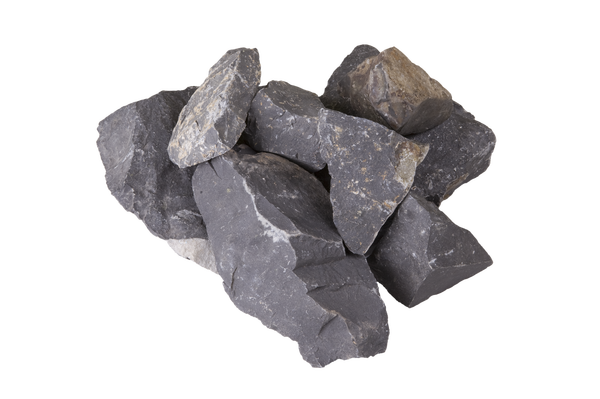Using EUFIX materials for laying and pointing

It is recommended to use materials from the EUFIX line, specifically designed for these tiles, for pointing and laying of basalt tiles because of their specific characteristics.
Basalt tiles are laid in a normal way used in construction. Nevertheless, it is necessary not to forget to use a thicker layer of adhesive or cement. Before laying, tiles need to be cleaned from dust (for example by dipping them in water). After cleaning, tiles are placed into a mortar bed or wet concrete mix. They can be also glued with a binder similarly as ceramic tiles onto a prepared, matured, properly cleaned, and compact concrete base. The adhesive must be spread over the whole surface of the base and it is applied with tooth scraper (tooth height 6 to 8 mm). There should not be any cavities below the tiles during the laying process. Adhesive can only penetrate the joints no more than to one third of their thickness.

The difference between ceramic paving and basalt paving is that it is not allowed to apply the adhesive on the back of individual basalt tiles. After the adhesive is dry (after 1 to 2 days) pointing should be carried out. It is important to keep in mind the absolute cleanliness of the work because of slight surface unevenness that occurred during the cooling process. Any dry residues would be very hard to get rid of after drying. Therefore, it is necessary to wash the paving immediately after partial drying of the joints.
Regarding low thermal expansivity of molten basalt, it is recommended to stick to dilatational joints carried out in the concrete baseplate.

Cutting of basalt paving
Cutting of basalt paving is done by diamond saws under intense water cooling. The producer recommends the use of segmented diamond discs that are meant for cutting of hard materials (e.g. granite). However, there is another option, the manufacturer can deliver, based on provided drawing or design, paving that is already cut, including the plinth tiles. You can also use diamond core drills and milling machines. You can also use carborundum for normal grinding (dry or wet way).
It is recommended to wash the paving with 8% vinegar solution right after installation. Future maintenance will consist mainly of wiping with a wet cloth. You can also add a spoonful of kitchen oil to set off the shine of tiles.

Molten basalt and EUCOR – way of manufacturing
Basalt is also known as whinstone. This natural stone belongs to materials whose lifespan has lasted more than only millennia. But its hardness and difficult processability limited its wider expansion in construction sector. Only as late as in the 20th century, the characteristics of basalt enabled a much wider application in industry and civil engineering because of the development of petrurgy, which is the processing of non-metallic ores by melting and casting. The commonly molten basalt can find its use in the interiors as well as in exteriors of our homes. EUCOR is resistant against high temperatures and it is used strictly in industrial operations (for example as anti-abrasion pipe lining).
Basalt is continuously melted in pit-type furnace heated by natural gas at approx. temperature 1280°C. At 1200°C it is cast (shaped) into metal or sand moulds, and, after removing, it is stored in continuous cooling tunnel kilns until cooling after 16-21 hours, when it re-crystallizes and gains its end-use properties.



EUCOR is a material produced by melting of suitable raw materials in electric arc furnaces at temperatures exceeding 2000 °C and followed by re-crystallization of resulting meltage. It is then cast into sand moulds by common casting methods. EUCOR has excellent resistance against high temperature and high chemical resistance.

Source: www.ceskestavby.cz
